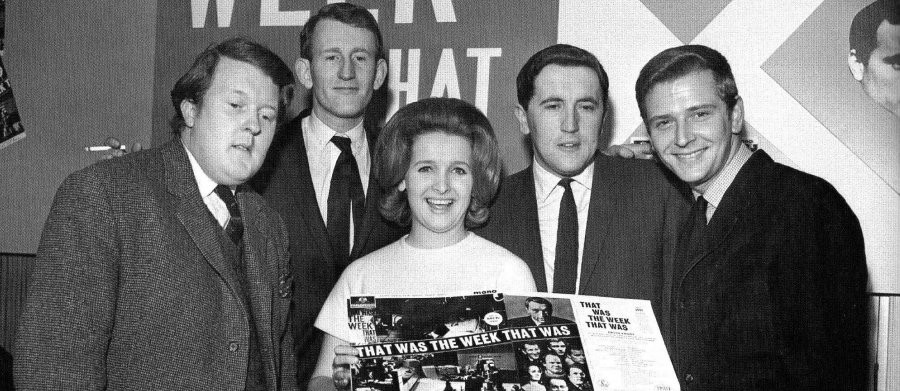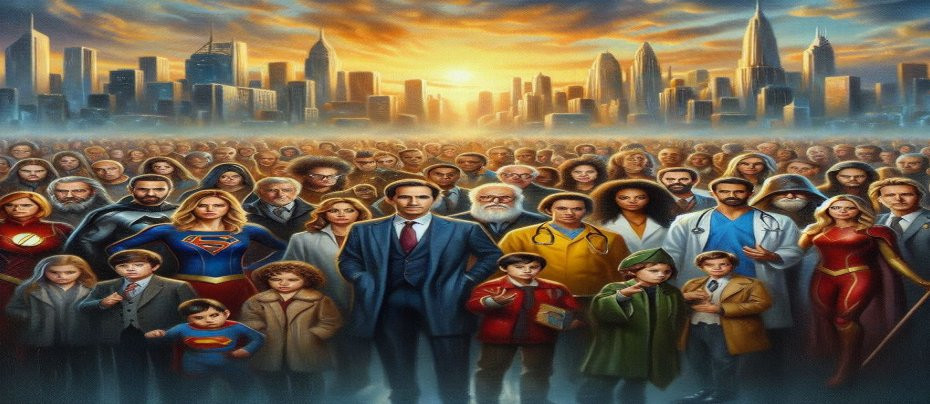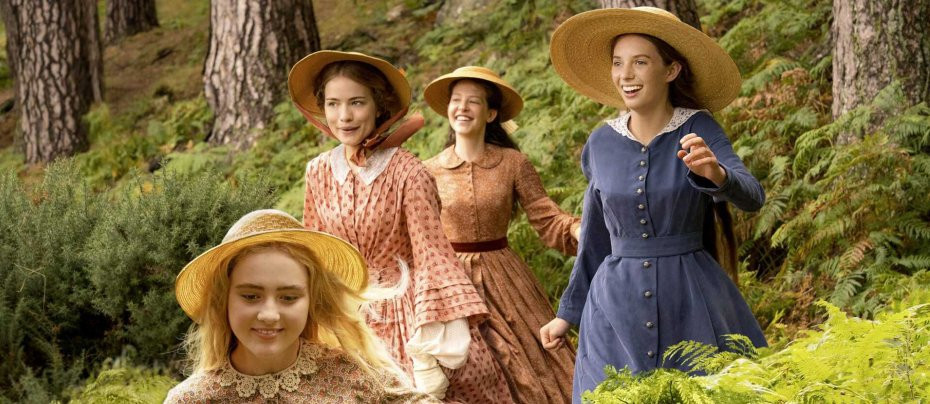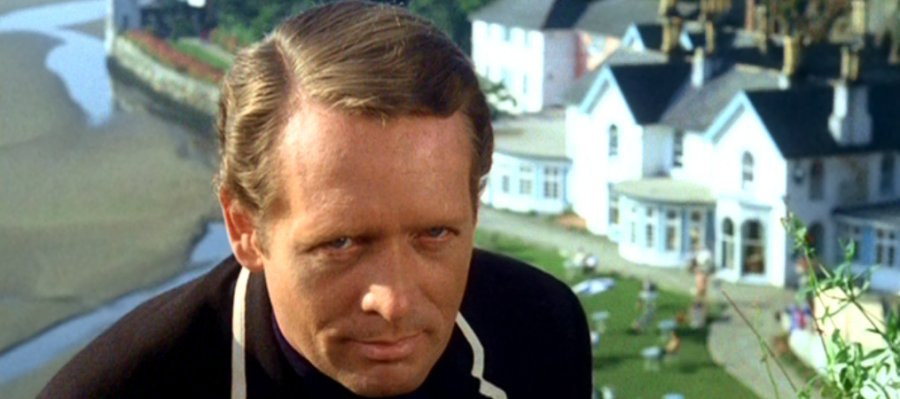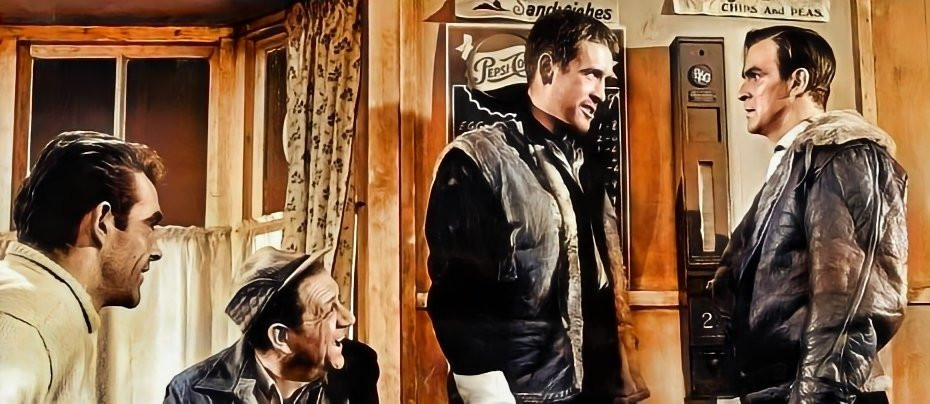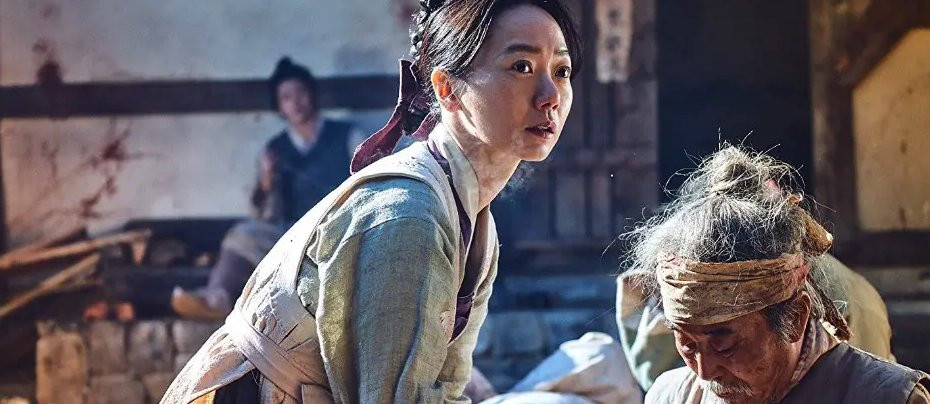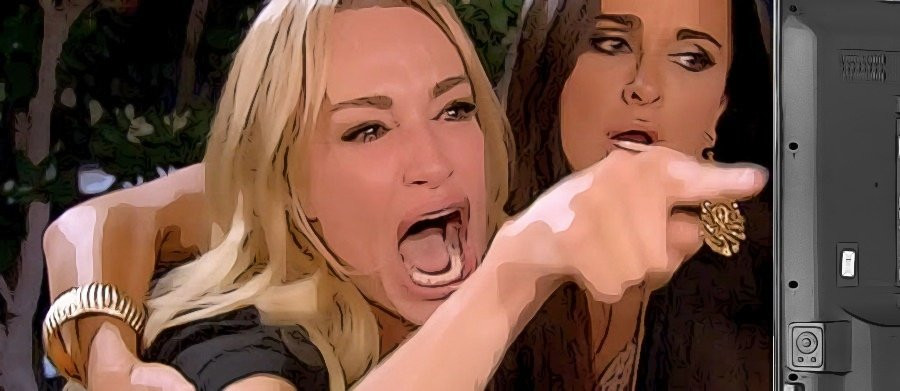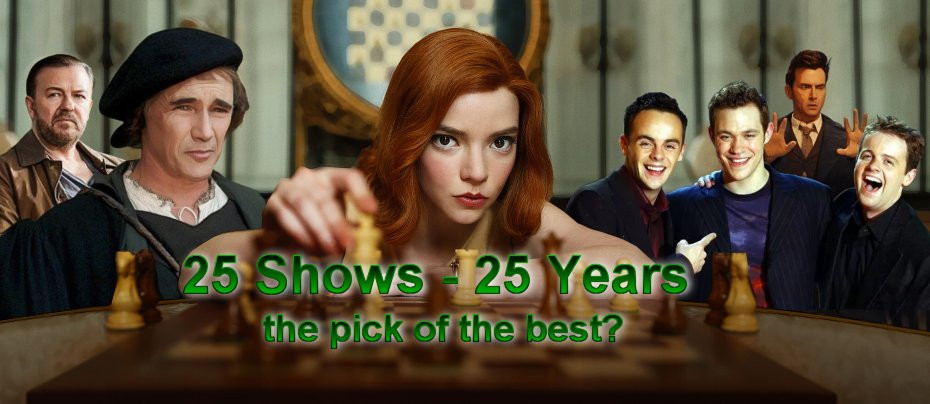
What Way Out for the Free Agent?
What Way Out for the Free Agent? by Nur Soliman
“I am not a number; I am a free man!”
For many of us, few characters are as indelibly impressed on the memory as Patrick McGoohan’s Number 6 in The Prisoner (1967), introduced with literal thunder: a secret agent resigns from his post in anger, is made unconscious, and awakens as a prisoner of a mysterious resort. As he refuses cooperation with the powers that be, then repeatedly tries (and fails) to escape, we contend with many unknowns – where is the ‘Village,’ who runs it, what side are they on, what do they really want? But one thing appears constant about this ex-agent:
“I will not be pushed, filed, stamped, indexed, briefed, debriefed, or numbered.”
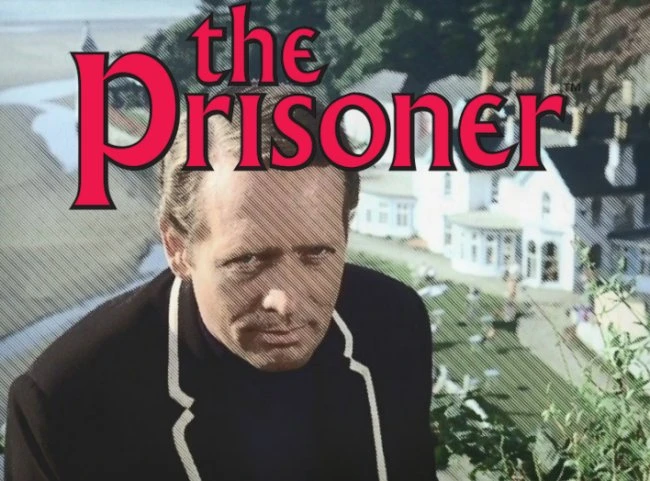
From its beginning to its end, there is a near-palpable, mythological aura surrounding this cult series. Many viewers see The Prisoner as a puzzle to be solved, and one can hardly blame them; the allegory inspires and frustrates interpretations in equal measure. But part of its enduring magic is the unexpectedly rich, multi-dimensional approach; The Prisoner takes the spy adventure and political thriller further by embracing things like science-fiction, surrealism/fantasy, ethics/philosophy, psychology, Shakespeare, counterculture, Westerns, noirs, and its co-creators’ world views, to tell the story of one man’s fight for himself.
“What happens when an agent retires or resigns?”
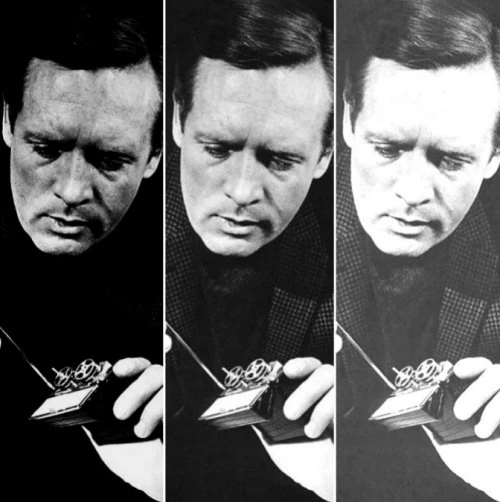
Before McGoohan appeared on screen as Number 6, he was already Britain’s highest-paid TV actor, known to millions the world over as John Drake of Danger Man/Secret Agent (1960/1 – 1967/8). When he left the series, McGoohan told journalists that Drake was ‘gone,’ but suggested audiences would recognise the character in his new series. Maybe, as others have also concluded, he couldn’t well adopt a character he didn’t create himself, but however you identify the Prisoner, it isn’t easy to cleanly separate Number 6 from John Drake – even from their actor in some respects.
“Johnny Drake: true, trustworthy, faithful unto death.”
In a postwar televisual field eventually bursting with spy-fiction, Danger Man was not alone in highlighting the complexities and ironies of modern Cold War tension, from the lighter touch of The Avengers and The Saint to unexpectedly dramatic highpoints in Man in a Suitcase and The Champions. But Drake stood out as a principled, occasionally troubled protagonist who, from the second series on, is both bruised and incensed at the moral conflict with his superiors, increasingly uneasy in the world he moves in. The lines blur between these heroes holding fast to themselves in systems of misdirected control and deepening mistrust.
From this angle, revisiting Danger Man’s intriguing stories can enrich and renew our appreciation of McGoohan’s cult masterpiece, as The Prisoner plumbs their depths then takes us to new, strange places in riveting fever pitch:
“It’s Up to the Lady”
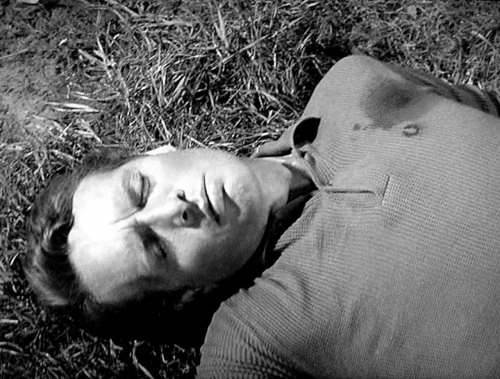
Though the series retains its Boy’s Own excitement and adventure throughout, with Drake’s retcon/transformation into a British agent, there is greater interest in what goes on behind the scenes. After the likeably irritable Hardy and the prickly, blustery Gorton, Drake begins reporting to the menacing, intimidating Hobbs (Peter Madden, later The Prisoner’s first ‘undertaker’), a man who doesn’t conceal his dislike of Drake but assigns him to retrieve Charles Glover, missing diplomat and China expert. If the newly cynical Drake understands Glover’s feelings of being ‘forced out,’ worn down by suspicions and surveillance, there’s no Wellesian ambiguity about his loyalty or persuading Glover to return home; he’s confident with Hobbs’ promise that Glover ‘has nothing to fear, [that] he’ll be left entirely alone.’ But the twist ending leaves Drake feeling furiously helpless, a pawn painfully aware of how the chessboard has no forgiving middle spaces.
“Colony Three”
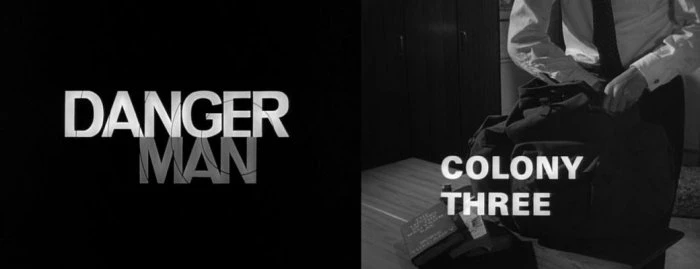
A sign of things to come, when a friendly Routemaster inspires dread, for John Drake – disguised as defector Robert Fuller – is meant to be in Eastern Europe. Hamden is a school for Communist spies, a Village prototype: less Butlin’s-bright and more Brutalist-concrete, but with the same Potemkin harmony, a Citizens’ Advice Bureau, and danger facing anyone refusing assimilation or attempting escape (‘it’s like… being in a zoo,’ Drake/Fuller innocently observes). Years before Benedict Anderson published Imagined Communities, new arrivals are told there are only ‘countries of the mind,’ but this is a ‘Checkmate’ ideology of keepers vs. kept; Drake/Fuller deliberately but ambiguously warns his inquisitive roommate to avoid those ‘who know how to take care of me.’ The Village’s allegiances are more terrifyingly unknown as ‘both sides are becoming identical.’ But a momentarily off-guard Drake/Fuller hints the side worth protecting is ‘freedom,’ the birthright of every Number 6.
“The Ubiquitous Mr. Lovegrove”
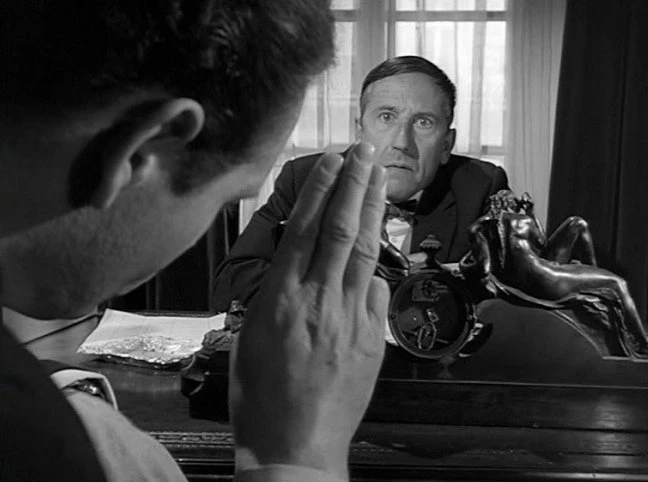
This concussion nightmare finds Drake in a blur of mirrors askew and constant midnights, trying to clear his name after a frame-up. And not only does his tetchy superior hardly sympathise, he might even be in on a plot to kick Drake out of the service. Even in his subconscious, Drake cannot be swayed from his Trappist, boy-scout nature (making this a fascinating predecessor to The Prisoner’s ‘A, B, and C’ and even the tricky ploys of ‘The Schizoid Man’), but it reveals his doubts about the enemies within who harbour antagonistic feelings towards him. There are Bond references and undertakers galore, a proto-Rover, close-up eyes, allusions to Number 1. Drake even smashes a furious fist on the desk of the uncaring Lovegrove. It is ultimately an anxious portrait of a man who’s not for turning, but who fears he must ‘watch himself’ from now on.
“Whatever Happened to George Foster?”
It’s comparatively mild action-wise, but I find this to be one of the series’ most dramatic stories, so absent is the moral ease of Danger Man’s cosmopolitan NATO days. Here Drake is hardly his dutiful Starbuck self, defying orders to prevent a millionaire businessman from interfering in the newly-independent Santo Marco. The powerful Ammanford decides Drake is intelligent but anti-progress, with ‘old-fashioned ideas of capitalism and democracy’ (sounds familiar?), threatening to ruin him ‘physically, professionally, mentally.’ To good effect too; Drake’s superiors deny knowledge of him at one point, a plot point used to far more chilling effect in ‘Chimes of Big Ben’ and ‘Many Happy Returns.’ A kind friend entreats him, ‘Look Sir Lancelot, this is the 20th century!’ But Drake cannot be bought, scared, deterred; with his inner eye unfailingly fixed on his convictions, this is a man who will not be pushed.
“To Our Best Friend”
There is rare poignant warmth in this story, as Drake must prove that his good friend Bill Vincent is not a traitor. Halfway through the mission, M9 sends replacements with a more expedient approach: hound Vincent ‘until he bolts for the other side’ so they can ‘take care of him.’ Vehemently opposed to such neatly-arranged ‘accidents,’ Drake plays detective against both teams (including ‘Colony Three’ agents), in a Baghdad that is bucolically peaceful by comparison. Drake shows compassionate understanding for those with conflicted loyalties, but in an understatedly alarming turn to the story, the men from M9 aren’t as patient and fix Vincent’s car without confirming his guilt. On his way to save his friend, Drake is reassured that Vincent ‘won’t suffer any pain […] absolute complacency and then unconsciousness,’ and for once he’s rather lost for words, perhaps realising how easily such accidents are arranged.
“The Man on the Beach”
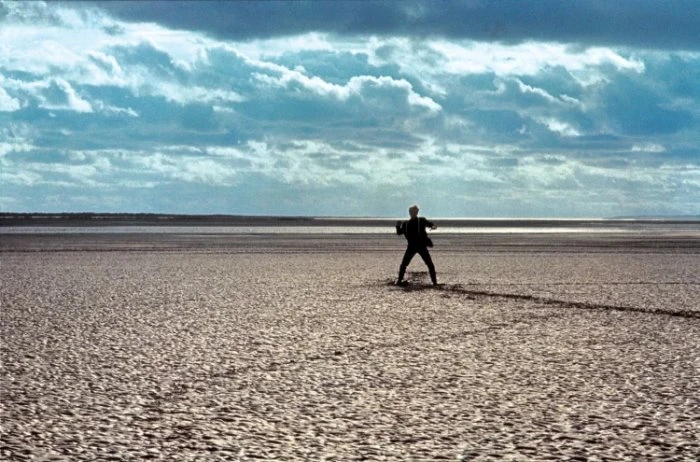
Aside from a somewhat sinister jail-like wine cellar at the bottom of a beautiful seaside resort (from which the hero narrowly escapes), this episode has somewhat softer parallels to offer: while investigating reports of yet another traitor in the tropics, Drake is accused of selling out and goes on the lam, pursued by suspicious colleagues and real enemies alike. One unusual element is the rare superior shown to have certain, complete trust in his ‘reliable’ agent, but the genteel, thoughtful-to-a-fault Sir Alan soon goes missing, leaving Drake quite alone. Stuck between the double-agent and the deep blue sea, he must rely on his wits – and eventual luck – to stay alive and set things right. One image lingers and rings imaginary Prisoner bells, though: a puzzled Drake resting on an upside-down rowboat moored on Runaway Beach, meditatively drawing large question and exclamation marks in the sand.
“The whole world’s in a state of chassis!”
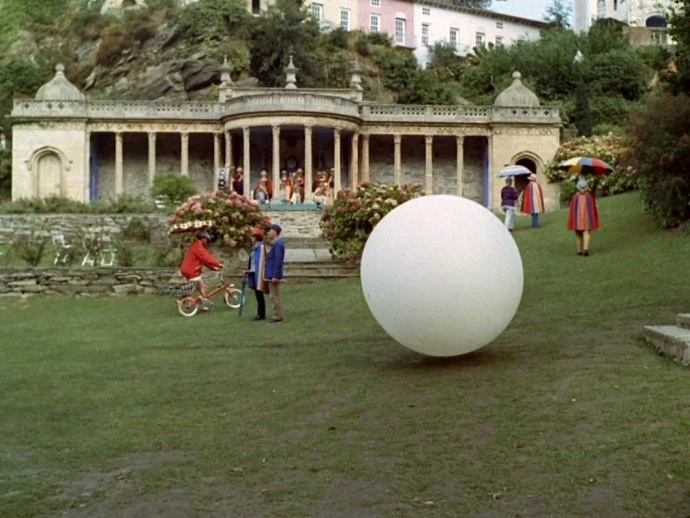
In the wonderful conclusion of ‘A, B, and C,’ Number 6’s projection holds out the all-important packet of papers he calls ‘my future,’ and hands them to Number 2’s projection, revealing the travel brochures first seen in the opening sequence. Number 14 ruefully ponders, ‘He was going on holiday.’ As both the transatlantic NATO man and the M9 ‘World Travel’ agent, John Drake protested often about never being able to take a decent holiday, too. One wonders, and it is as likely as not, that had the nameless ex-agent simply been allowed to take that holiday wherever it was he wanted, he’d have done just that, finding a desert island (as McGoohan described it to Werner Troyer in 1977) to ‘go with Fergus’ and obtain the peace of mind he asked for.
“Now voyager, sail thou forth to seek and find.”
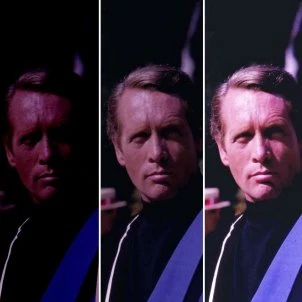
But for the man in a postcard resort that isn’t, it seems there can be no such sojourn – no ending, liberation, or vindication to suit Miles Kendig, Richard Kimble, or even the Count of Monte Cristo. The ‘right to be Person, Someone, or Individual is gloriously epitomized’ in the Prisoner; in choosing his better self he still defies the Village and ‘fails,’ and will continue reclaiming and defending his selfhood in whatever small ways he may find possible. Today, 50 and 60 years on, at least Danger Man and The Prisoner still bring us endless fascination and places to escape to.
Published on October 27th, 2022. Written by Nur Soliman for Television Heaven.


